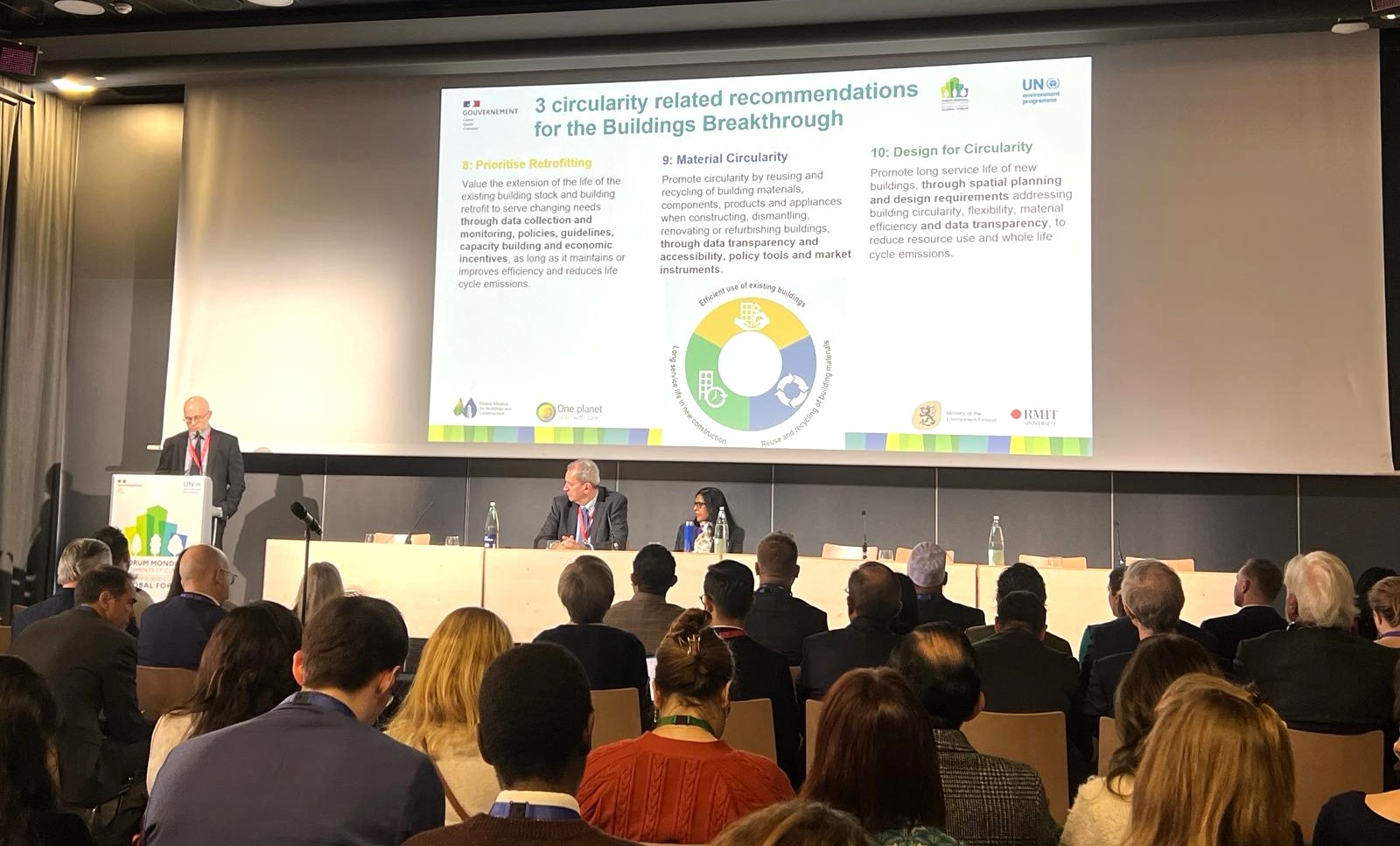State of Play for Circular Built Environment in Europe
In the EU, buildings are responsible for 40% of total EU final energy consumption while causing 35% of all greenhouse emissions (European Commission [EC] 2020a). Furthermore, the construction industry produces 25–30% of the generated waste, making it one of the major waste producers (EC 2019a).
Europe differs from the other regions not only because of its projected decrease in population and high development rate, but also because of the unity brought by the European Union (EU). The 27 European countries (out of 44) that are EU member states are committed to common legislation and to being forerunners to circularity in the built environment. Along the circularity spectrum, Europe is further along than other regions, mainly because of its head start of more than a decade. However, circular economy practice is still in its infancy, even in Europe. It has proven to be difficult to change the deep-rooted linear economy practices. Fortunately, the construction industry in Europe is already to some extent digitised, which makes it easier to introduce various digital tools to support sustainable development. In Europe, because of the projected decrease in population, the focus regarding circularity in the built environment should be on the existing building stock, while new construction practice is the focus in developing societies. Even though the need of new construction in Europe will decrease, it will not stop completely.


